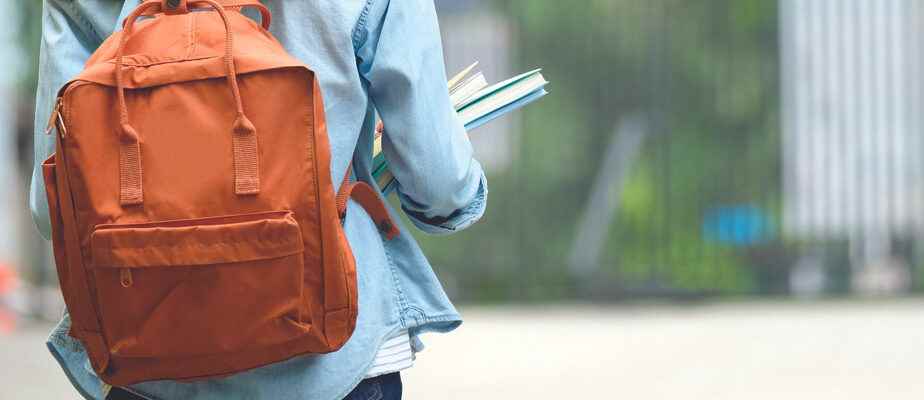A total of 64 armed attacks occurred in schools in the Montreal area in 2021, which includes schools from elementary to university. Fifty of them occurred during supervised school hours.
Posted at 5:00 a.m.
These are the statistics provided by the Service de police de la Ville de Montréal (SPVM), which says it does not have subcategories by level of education or by type of weapon. The SPVM has also been unable to provide the data since the beginning of 2022.
In addition to the years 2021 and 2019, where the number is in the 60s, since 2013, the SPVM has recorded around 40 armed attacks in schools annually.
Between 40 and 60, is it a lot or is it a little, if it relates to all levels of education? Catherine Beaumont, professor and holder of the Well-Being in Schools and Violence Prevention Research Chair, replies that a single case of violence, armed or not, is one too many.
She adds that in any case, one should not only worry about violence when it is on the rise.
[Il faut] rather worry about it at all times because of the significant consequences of violence on the development of children and its repercussions in the family.
Catherine Beaumont, professor and holder of the Well-being at school and violence prevention research chair
But contrary to the myth that the violence keeps getting worse – conveyed year after year, she says, at the beginning and end of the school year – there is nothing to indicate that this is really the case.
Data on the effect of the pandemic is not yet available, but normally, over the years, the picture is rather stable.
She leans to say it on the Profile of violence in educational institutions in Quebec carried out by its Chair. Between 2013 and 2019, the situation even improved in the majority of the categories studied.
The exceptions?
Students say they observe more often groups trying to impose their rules, outside gangs causing problems at school and conflicts between ethnic groups.
Excerpt from Profile of violence in educational institutions in Quebec
For their part, it is still written, secondary school students say they observe “more conflicts between ethnic groups in 2019, primary school staff observing a little less than in 2013 and secondary school staff not seeing any change. over the years “.
An ambient nervousness
On the ground, Kathleen Legault, president of the Montreal Association of School Principals, notes that despite the shootings that have taken place in the streets in recent weeks, this has apparently not translated into an increase in violence at the school. school. But there is nervousness, both on the side of the staff and the students.

PHOTO FRANÇOIS ROY, LA PRESSE ARCHIVES
Kathleen Legault, President of the Montreal Association of School Principals
The school principals consulted expressed their concern that the shootings could be the work of “former students of their school possibly in contact with current students”.
Also, “sometimes students talk about what they saw in their neighborhood on the weekend. It affects them too,” notes Mme Legault.
In general, M.me Legault indicates that school principals have particularly noticed, lately, a fragility among students.
Above all, the students appear to be more naive, more fragile and more prone to being subjected to bad influences since the pandemic.
Kathleen Legault, President of the Montreal Association of School Principals
Catherine Beauvais-St-Pierre, President of the Alliance of Teachers of Montreal, believes that it is difficult to have an accurate portrait of verbal and physical violence because of the tendency of schools, often, “not wanting to make noise about what is happening there”.
“The information is often vague, hidden”, which she attributes “to competition between private and public schools or between the different public schools” which are concerned with preserving their image.

